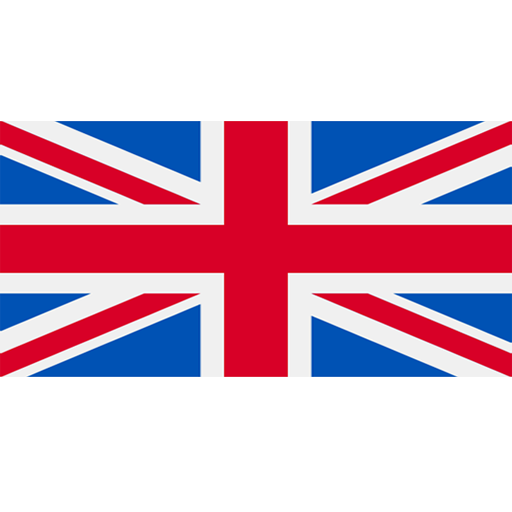Description
The retail industry is entering a new era where shopping is no longer just about transactions. In today’s competitive landscape, gamification emerges as a powerful strategy to capture attention and keep customers engaged. But how can gamification truly deliver results for physical retail chains? The answer lies in AR Geolocation – the perfect duo of augmented reality and geolocation technology that transforms each store into an engaging playground, boosting revenue while strengthening brand loyalty.
What is AR Geolocation and Why It Fits Gamification?
AR (Augmented Reality): overlays virtual objects onto the real world via smartphone cameras.
Geolocation: pinpoints users’ exact location in the physical space.
When combined, AR Geolocation unlocks virtual experiences that only appear at specific locations.
👉 Example: A customer can only “unlock” a discount voucher by visiting Store A on Street X. A regular shopping activity suddenly becomes part of a game — motivating them to move, explore, and interact more deeply with the brand.
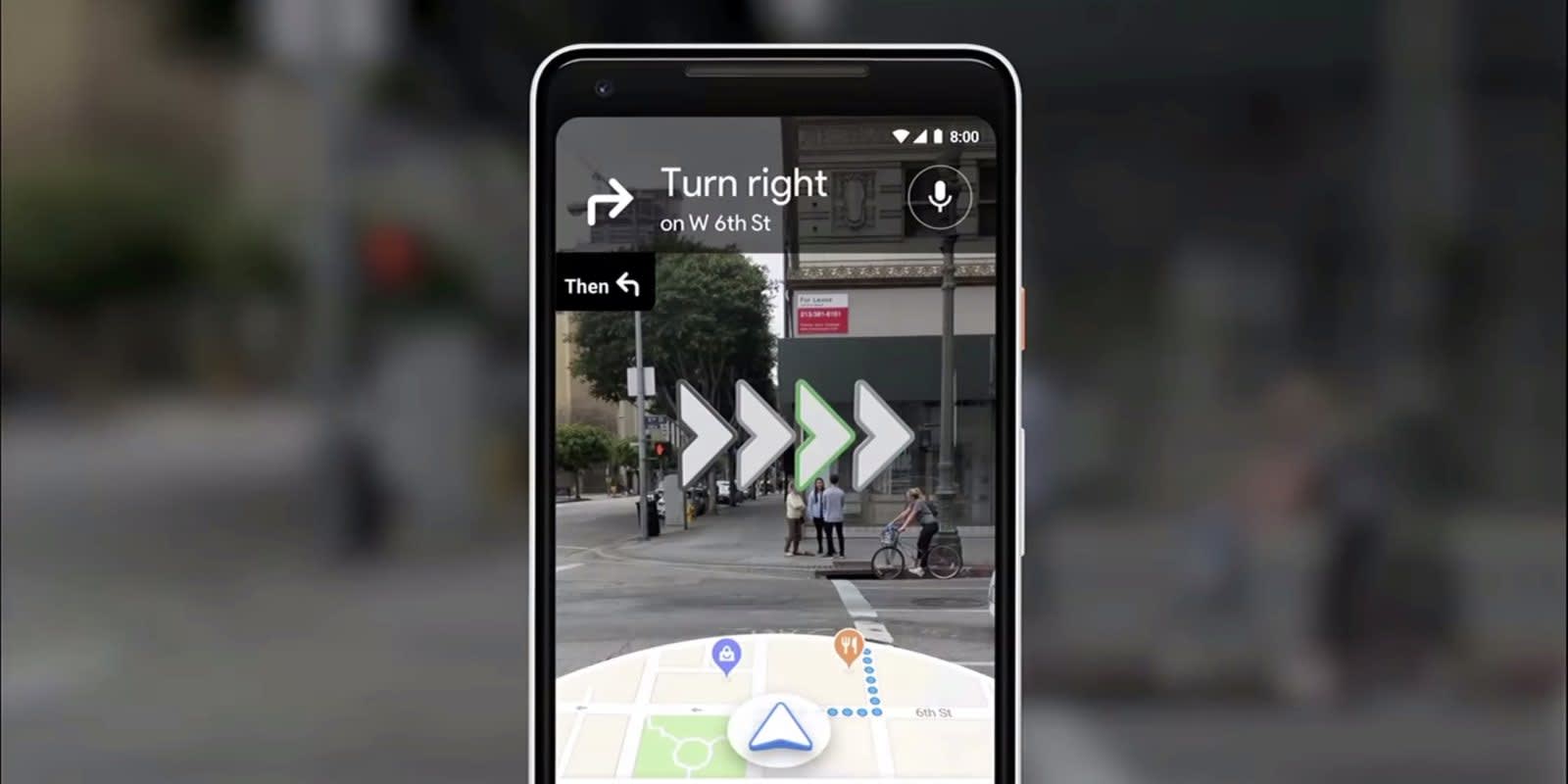
Why AR Geolocation is the Future of Experiential Retail
Consumers crave unique experiences
Gen Z and Millennials don’t just “buy products,” they “buy experiences.” Stores must evolve into entertaining destinations where shopping feels fun and memorable.The perfect O2O bridge
A campaign may start online with Facebook or TikTok ads, but customers must visit a physical store to complete the journey. AR Geolocation turns online engagement into offline action.Organic viral effect
A fun AR experience naturally inspires customers to snap photos or record videos for social media — creating powerful word-of-mouth marketing with minimal cost.
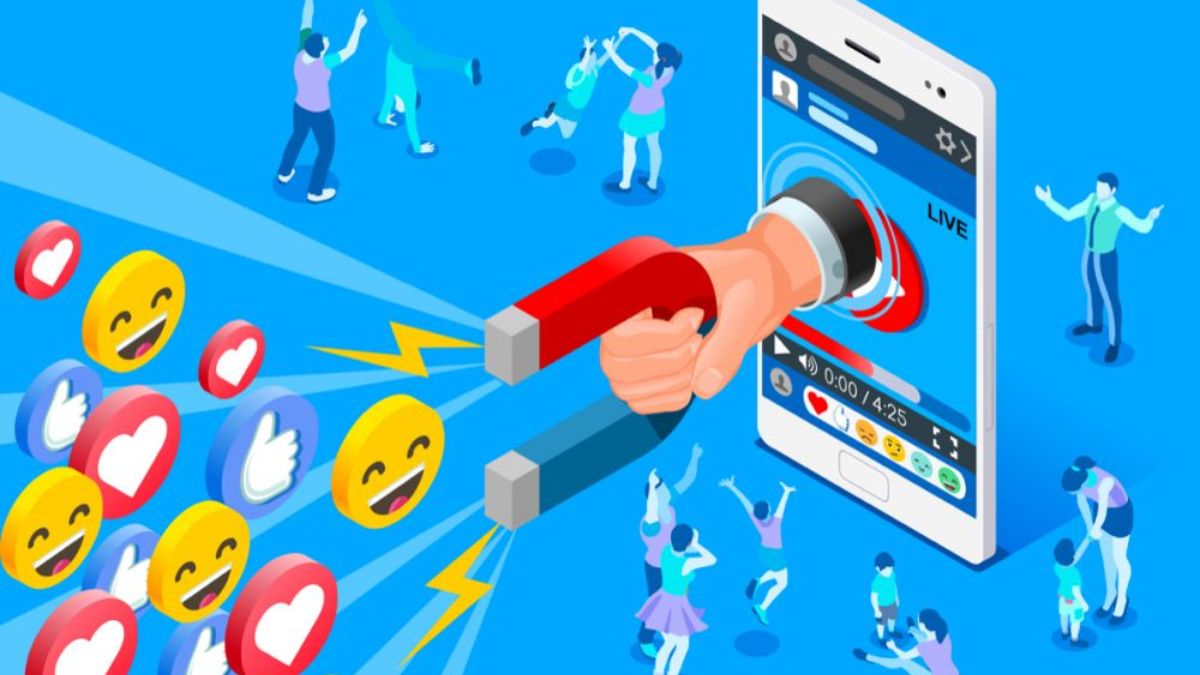
Iconic Case Studies
🔹 Pokémon GO – The global AR phenomenon
Pokémon GO proved the power of AR Geolocation by sending millions of players outdoors to parks, plazas, and cafés to “catch Pokémon.” The lesson: people are willing to move if the experience is engaging enough.
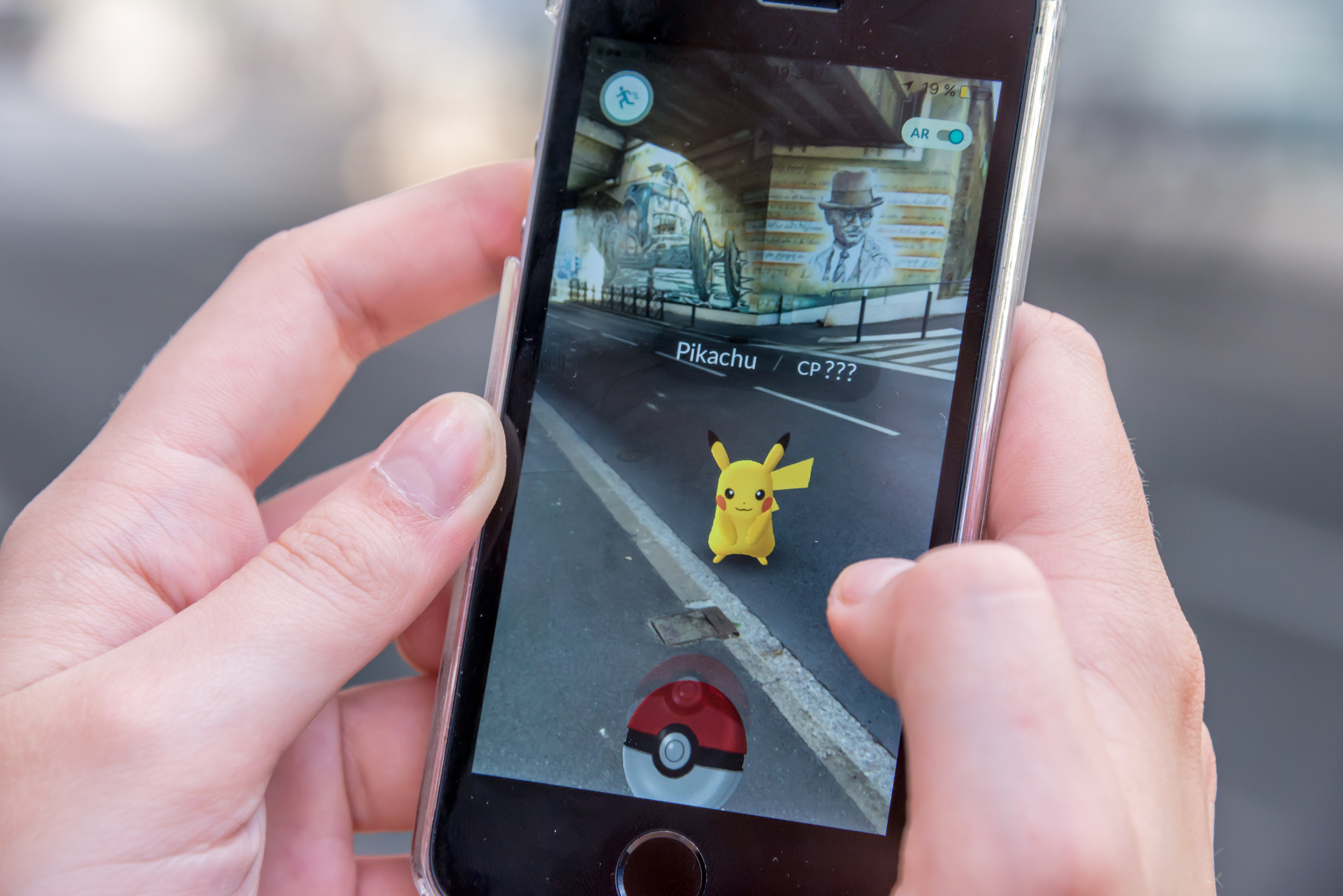
🔹 Starbucks – Turning coffee into play
Through the “A Little Kindness” AR campaign, Starbucks placed QR codes in over 16,000 U.S. stores, letting customers unlock AR experiences celebrating baristas and sharing digital “Kindness Notes.” Shopping for coffee became a meaningful, gamified journey.
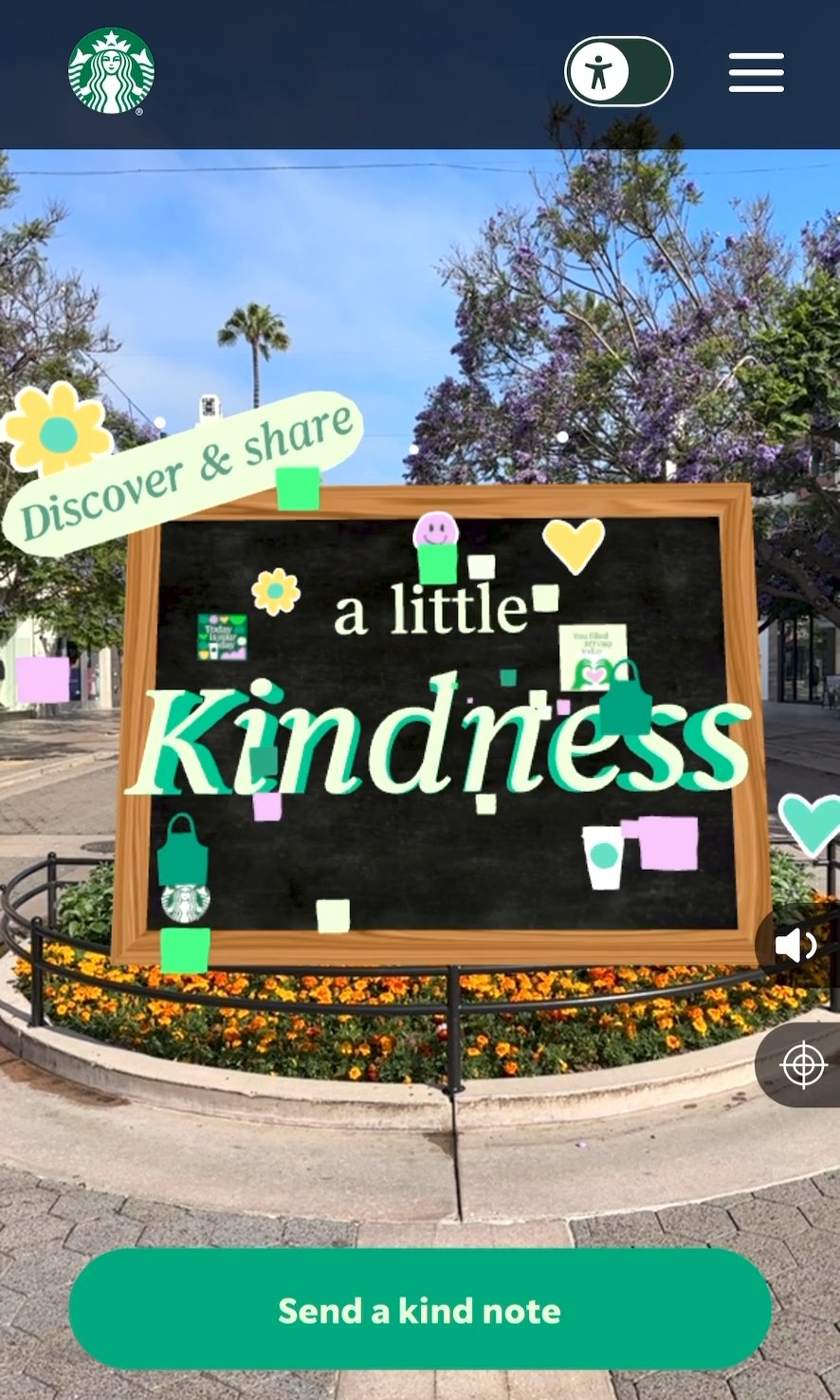
🔹 Michael Kors – Virtual treasure hunt at flagship store
Michael Kors launched the “Wonderlust Scavenger Hunt” at its Rockefeller Center store in New York. Shoppers used AR clues to unlock rewards and exclusive items, transforming shopping into a fun exploration while amplifying the brand’s trendy image on social media.

5 Ideas for Retail Gamification with AR Geolocation
Virtual treasure hunts across multiple stores
Hide vouchers or items at different outlets, encouraging customers to visit multiple locations to complete the set.
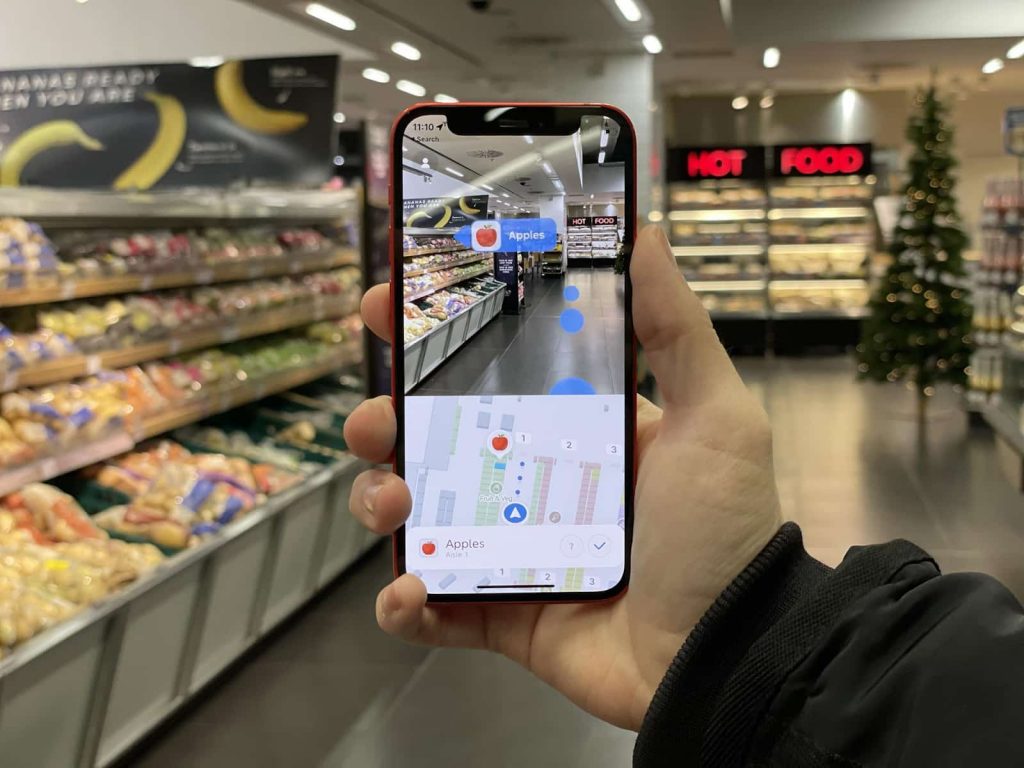
- On-site challenges to increase engagement
Trigger AR mini-games when shoppers enter a store, making them stay longer and increasing purchase likelihood.
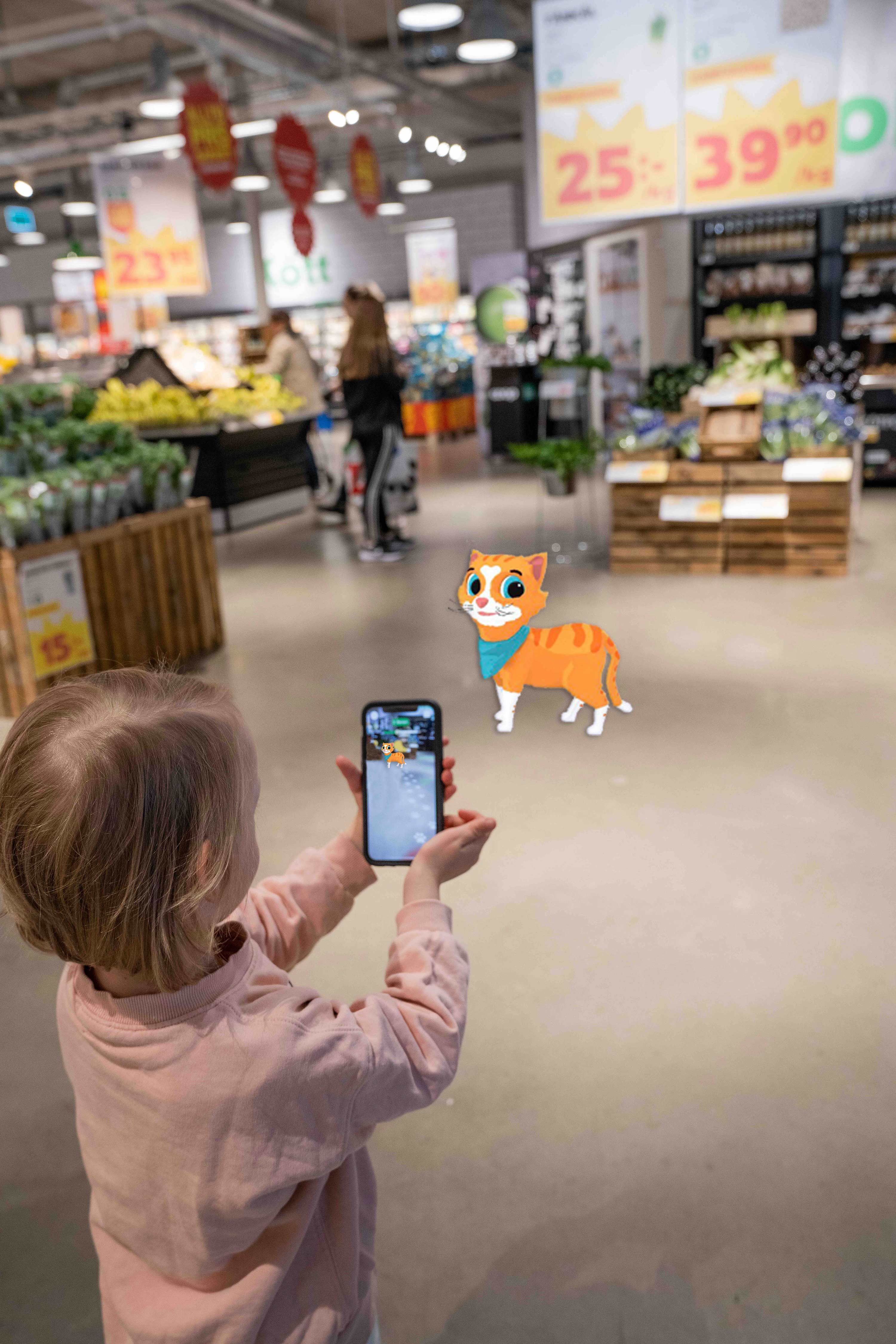
Exclusive digital collections
Offer limited-time or location-based AR collectibles to spark excitement and FOMO.
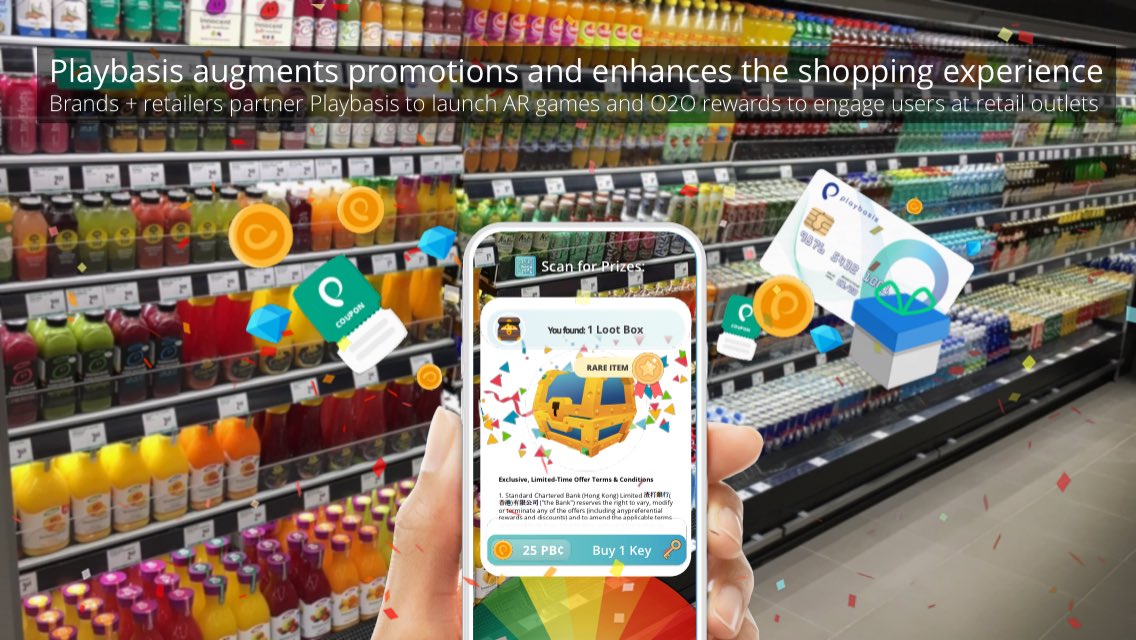
Loyalty 2.0 – Gamified reward systems
Turn loyalty programs into games: AR check-ins, mascot selfies, or in-store missions all contribute to points and rewards.
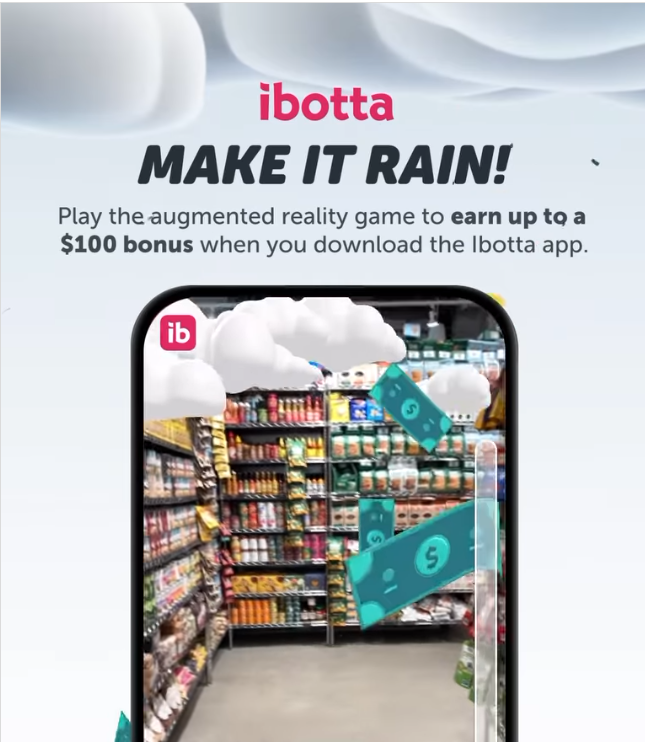
Business Benefits You Can’t Ignore
Boost traffic & dwell time: Stores become destinations where customers visit more often and stay longer.
Drive higher sales: AR vouchers and challenges stimulate impulse buying.
Gather valuable customer insights: Every check-in and interaction provides behavioral data for smarter marketing.
Amplify brand awareness: A creative AR campaign positions the brand as young, tech-savvy, and innovative.
Build loyal communities: Customers become “players” who stay engaged with the brand over time.

How to Launch an Effective AR Geolocation Campaign?
Plan strategically: Define clear objectives — whether your campaign focuses on driving foot traffic, increasing sales, or boosting brand awareness.
Craft a compelling story: Technology is only the tool. It’s the story and creative experience that make customers want to engage.
Choose the right platform: Native apps are ideal for large-scale campaigns, while WebAR works best for shorter, quick-to-launch activations.
Promote effectively: Leverage social media, KOLs, and PR to educate and guide users on how to join the experience.
Measure and optimize: Track key metrics such as number of plays, dwell time, and redeemed vouchers to refine your next campaign.
Conclusion
AR Geolocation is no longer “future tech” — it’s a powerful tool available to marketers and retailers today. By gamifying retail chains, you’re not just selling products; you’re delivering unique, fun, and memorable experiences.
It’s time to transform your stores into interactive destinations, where customers don’t just shop — they explore, play, and connect with your brand.
Looking for AR Geolocation Solutions?
Marvy Co. — Vietnam’s leading pioneer in AR/VR/XR — provides end-to-end services to bring your campaigns to life:
Location-based AR games for festivals, shopping malls, and public events.
Interactive AR marketing campaigns that boost engagement and social sharing.
AR tourism experiences, overlaying digital content directly onto real-world landmarks.
👉 Let Marvy turn your interactive ideas into real experiences — vibrant, creative, and viral-ready.











